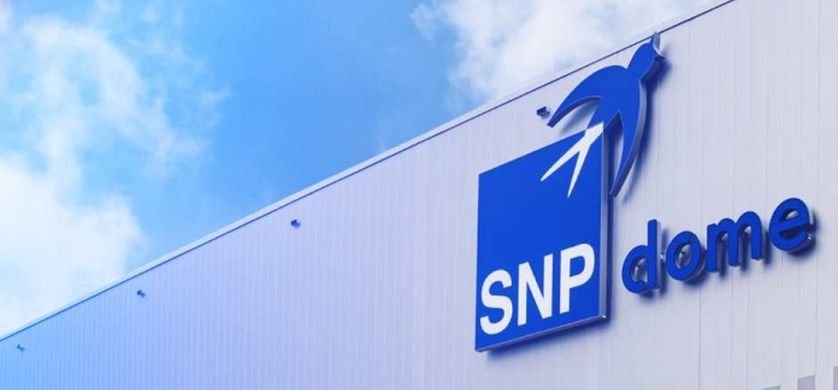At a time when agility and innovation are more in demand than ever, it’s vital to optimize your SAP infrastructure on a regular basis.
At a time when agility and innovation are more in demand than ever, it’s vital to optimize your technology infrastructure on a regular basis. Failing to do so can lead to poor IT performance, resulting in monthly losses of over €100,000. The reason for this often lies in outdated SAP systems. Besides the high maintenance and repair costs incurred by operating an obsolete infrastructure, it’s also hard to leverage innovative technologies like AI, machine learning and IoT. We recommend analyzing your existing systems to reveal the hidden costs and slash your IT overheads, allowing you to invest in a future-proof IT environment.
Postponing is not an option
Many companies try to avoid investments in IT modernization, especially in uncertain times. But if you wait until critical infrastructure components fail, you’ll find yourself at a huge disadvantage. Fortunately, it’s easy to identify the potentially negative impacts of outdated systems. Poor performance leads to a loss of productivity and can result in additional costs of tens of thousands of euros in large SAP landscapes.
Data scientists from our SNP Innovation Lab have analyzed anonymized company data from more than 2,000 SAP systems with up to 60,000 active users. These findings provide revealing insights into the actual costs of delayed transactions: According to the study, a quarter of companies generate hidden costs of over EUR 100,000 per month due to inefficient SAP ECC systems, and in turn, slower workflows. For around five percent of companies, the additional monthly costs amount to over €1m.
Slow transactions cost money
In this example, any transaction that takes longer than 0.5 seconds to complete is considered lost working time. For instance, employees can’t do anything else while waiting for a report to be created. It takes between two and six seconds to execute certain frequently used transactions in low-performance systems. This quickly adds up to several minutes per day for individual users.
The following example shows what this means in practice:
- 10,000 active users
- x three minutes of lost working time per day (one hour per month)
- at €40 per hour
= monthly costs of approx. €400,000
Get the facts with an extensive system scan
System performance can decline for many reasons, such as poorly programmed in-house developments. A detailed analysis of your existing systems can reveal these potential error sources as well as their financial impact so that you can eliminate issues and optimize business processes. The alternative of putting your transformation on hold gives rise to considerable opportunity costs. You also risk falling behind competitors who are already harnessing cutting-edge technology to generate value from their data.
Eliminate legacy issues
While customizing your SAP systems can pay off, extensive changes to the SAP standard increase costs and risks. It’s worth regularly checking whether these functions are necessary, as in-house developments are often used too infrequently and don’t enhance productivity. Establishing a state-of-the-art architecture and performing regular system cleanups can help to avoid hidden costs.
Invest in the future to reduce hidden costs
Outdated IT systems are error-prone and decrease productivity. You can eliminate these often hidden cost drivers by investing in an agile, high-performance IT environment. High-performance real-time analyses are the key to greater efficiency.
The IT architecture of the future is modular, flexible and cloud-based. The term “composable enterprise”, coined by Gartner, describes an enterprise with IT landscapes that have the maximum number of distributed, cloud-driven systems and use a wide range of microservices. Composable enterprises are capable of adapting to corporate change particularly quickly. This resilience means they are well prepared to drive agile innovation, ensuring sustainable business growth. Experience shows that moving to SAP S/4HANA lays the foundation for building a composable architecture.
For more information, this recent whitepaper – How to make your move to SAP S/4HANA a success – further details the potential business benefits of modernizing your SAP landscape.




